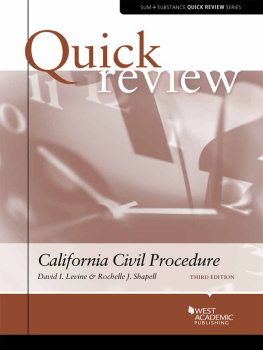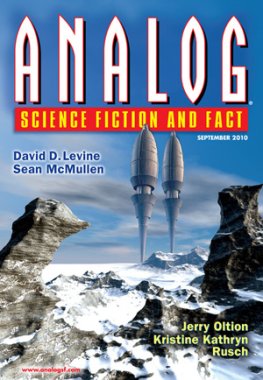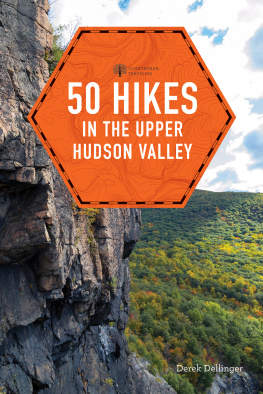PHOTO BY GRACE LEVINE
David Levine is a freelance writer and editor. He is the author, coauthor, or ghost-writer of six sports books, including Life on the Rim and In the Land of Giants. He writes about everything from history and business to beer and whiskey as a contributing writer for Hudson Valley, Westchester, and 914INC. magazines. He has written about health and medicine, law, business, and sports for many publications, including the New York Times, Sports Illustrated, U.S. News and World Report, American Heritage, Governing, New York Daily News Sunday Magazine, and dozens of other publications, and his work has been selected for two editions of Best Sports Stories. He lives in Albany, New York, with his wife, Kimberly, daughter, Grace, and diabetic dog, Sadie.
Imagining Life in the Hudson Valley during the Age of the Dinosaurs
The midday sun, directly over the equatorial region of the great land mass Pangea, sears the warm and forbidding land. A creature leaves the herd and scurries across the edge of a marsh to find cover behind a fern. She waits, perched on three birdlike toes supporting her hind legs. She is not a bird, though; she is a lizard who stands about three feet tall at the hips but, leaning forward, spans nearly ten feet from nose to tail. She is looking to add to her forty-pound frame. She is looking for lunch.
Other beasts are grazing nearby, on the fruit and leaves of the cycads and other tropical plants that forest the region. But our creature wants meat. When a small, furry animal, rodent-ish but not rodent, pops out of its nest, she snaps it up in her long, powerful jaws, crunches it easily, and speeds off gracefully to rejoin the herd, leaving behind nothing but footprints in that marshy mud slowly drying under the deep sky, which is growing fantastically orange and red behind the setting afternoon sun.
More than 200 million years later, those very footprintsor at least some like themwill be found thousands of miles in latitude and longitude away, in an unexpected place, in a world unfathomably different from that in which they were left: Nyack Beach State Park, in Haverstraw, Rockland County, New York. These tracks and the relatively few other clues left in our geologic neighborhood from the Mesozoic Era tell us what the lower Hudson Valley was like during the age of the dinosaurs.
The first dinosaur fossils found in New York State, these footprints were discovered in 1972. Imprinted in slabs of rock that now belong to the New York State Museum in Albany, the footprints belong to a type of lizard known as a Grallator. Our beast was probably Coelophysis, a slender, bipedal carnivore that lived throughout the East Coast of what we call North America. Its also found in other parts of the world, because back then there was no North America. There was no New York, no Hudson River, no Rockland County. There was only Pangea.
Triassic Tarrytown
Two hundred forty-eight million years is, when you think about it, unthinkable. As a species, we humans havent made it anywhere close to 1 million years yet. The land on which we now live has drifted and changed, been uplifted, folded, submerged, frozen and melted countless times since the Mesozoic Era began those 248 million years ago. At the beginning of that time, called the Triassic period, the continents were all connected and stretched from pole to pole. Determined creatures could cover the entire land mass of Earthand they did, which is why similar fossils are found in Nyack, Mongolia, and Australia.
Our region, though, is rather fossil-poor. Substrata of dirt and rocks from large portions of the Mesozoic simply dont exist in the lower Hudson Valley because of all that drifting, uplifting, folding, and submerging. Better records of our dinosaur past have been found in Connecticut and New Jersey and down the eastern seaboard, though, and scientists believe we can infer that, if those forms of life lived in Hartford or Newark or Baltimore, they likely lived in White Plains too.
If, back then, someone had put a GPS transponder at the future location of, say, the Westchester Mall, it would have pinged at about ten degrees north latitude, the same parallel as Costa Rica. We cant know what longitude, but it was probably somewhere in the middle of what is now the Atlantic Ocean, except there was no Atlantic Ocean, only Pangea and a great global ocean called Panthalassa. North America and Eurasia were mashed together, and that mashing had created enormous mountain ranges where they collidedwhat is now Connecticut, in fact, boasted peaks as high as Mount Everest, and the Ramapo Mountains were in fact legitimate mountains back then. That the highest point in Westchester today is 980 feet and that Connecticut is now known for its lovely, gentle, rolling hills shows what 200 million years of weathering can do.
The climate was much warmer, with no polar ice and higher sea levels. At the beginning of the era, life was limited. The Earth had just come out of the Permian Extinction, the largest mass extinction known. For unclear reasons, more than 90 percent of the planets life forms vanished. It took much of the Triassic, which lasted about 50 million years, for life to return.
It was during this time that the continents began to pull apart; in our neck of the woods, that occurred somewhere along the New Jersey Turnpike. Rift valleys ran all the way from Greenland to South America, and as North America pulled away, a rift formed that came to be called the Newark Basin. The center was somewhere near the New JerseyPennsylvania border, says Paul Olsen, the man who found those dinosaur tracks at Nyack Beach, now the Storke Professor of Earth and Environmental Sciences at Columbia University. There would have been a broad lake in Rockland-Westchester, running south to Maryland and Virginia. Westchester would probably have been on its eastern shore. As a basin, our land would periodically fill and drain. It would have been a mud flat, with fringe vegetation, surrounded by islands, Olsen says.
Over the next 50,000 millennia, continental separation continued. The atmosphere contained carbon dioxide at concentrations two to three times as high as they are now. But that was just fine for the few small dinosaurs, other reptiles similar to crocodiles called phytosaurs, and, in Olsens precise scientific phrasing, many bizarre creatures that came to inhabit the lands. Plants like cycads, conifers, and horsetail rushes grew abundantly, but there were no flowering plantsor bees or butterflies to pollinate themjust yet. Though no insect remains have been found near here, many that look very much like modern flies, beetles, bugs, and dragonflies have been found in North Carolina. Our earliest ancestors were here as well. These creatures, called synapsids, are also known as mammal-like lizards, which means they are not like anything we can compare [them] to, Carl Mehling, a senior scientific assistant in the Division of Paleontology at the American Museum of Natural History, says. They were quadrupeds, but probably had no fur.
The skies were populated as well by creatures like Icarosaurus, a small lizard that could glide using wingselongated ribs covered with skin and shaped like an airplane wing to create lift. (The only known Icarosaurus fossil skeleton was found in North Bergen, New Jersey.) The waters were home to lots of fishy creaturesthe most common were the coelacanths, related to gars, and others like sturgeons and clams, Olsen says. But be careful. Croc-like












